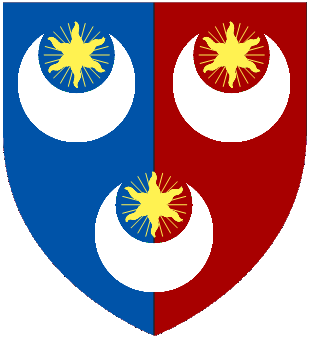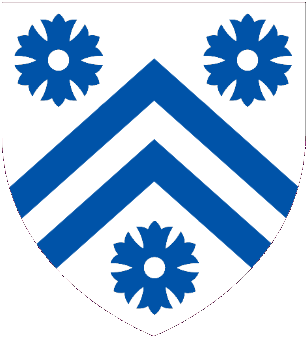The digital illustration of coats of arms, and the uploading of such illustrations on Wikipedia, has been a pursuit of mine for more than seven years now. My productivity in this hobby has not been uniform. There have been some months in which I have uploaded nothing at all (e.g. October 2020) and others in which I have uploaded a great many (e.g. more than a hundred in August 2018).
 The four months of 2024 so far have been at the low end, with only thirteen illustrations in the year so far – and April in particular having just one – that being the nineteenth-century judge Arthur, Lord Hobhouse.
The four months of 2024 so far have been at the low end, with only thirteen illustrations in the year so far – and April in particular having just one – that being the nineteenth-century judge Arthur, Lord Hobhouse.
This is not likely to improve any time soon, as I have long since exhausted the opportunities afforded by Burke, Cracroft and Debrett.
As I have mentioned before, I eagerly await the publication once every three months of the College of Arms’s newsletter, and the prospect of new blazons within, only to be regularly underwhelmed by the reality.
Yesterday’s edition did little to break the trend: Four new blazons were announced, of which only one applied to a person with a Wikipedia page. That person was Aamer, Lord Sarfraz, whose arms were actually granted two years ago and illustrated by me not long after based on the photograph shown on his website.
Much more interesting, and substantial, was the section about corporate heraldry. Two examples were given, one being the British Airways Board (again, already known). The newsletter was supplemented by a booklet about corporate grants, which was a substantial read in itself. Though the general principles described are those already articulated elsewhere on the college’s website, the style of the publication is radically different to what I am used to seeing from them and perhaps represents a significant change in approach. One might almost think they were advertising…

 The four months of 2024 so far have been at the low end, with only thirteen illustrations in the year so far – and April in particular having just one – that being the nineteenth-century judge Arthur, Lord Hobhouse.
The four months of 2024 so far have been at the low end, with only thirteen illustrations in the year so far – and April in particular having just one – that being the nineteenth-century judge Arthur, Lord Hobhouse.




 Donald Andrew John Cameron was elected to the devolved Scottish Parliament in 2016 on the regional list for Highlands & Islands. He
Donald Andrew John Cameron was elected to the devolved Scottish Parliament in 2016 on the regional list for Highlands & Islands. He